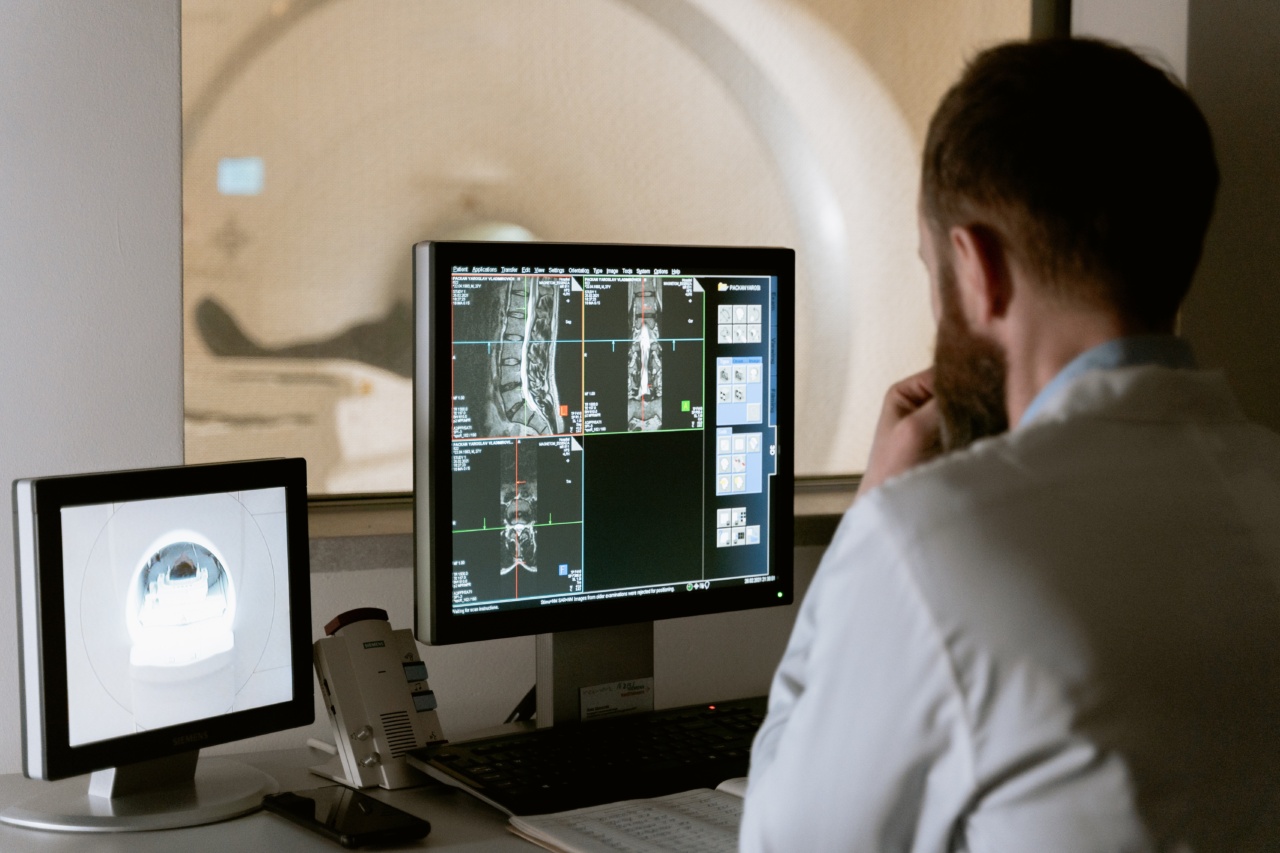Friendships and Fractures: Examining the Link Between Women’s Social Lives and Bone Health.
The Importance of Friendship
Friendships play a crucial role in a person’s overall well-being, providing emotional support, companionship, and a sense of belonging.
Research has shown that having strong social connections can have a positive impact on various aspects of health, including mental well-being, cardiovascular health, and even longevity. However, recent studies have also piqued interest in exploring the potential link between women’s social lives and their bone health.
Osteoporosis: A Silent Threat
Osteoporosis is a condition characterized by low bone density and increased bone fragility, resulting in an increased risk of fractures.
It predominantly affects women, especially those in postmenopausal stages, making it a significant public health concern. Osteoporotic fractures can lead to severe pain, disability, and even mortality.
While multiple risk factors for osteoporosis have been identified, there is now a growing body of evidence suggesting that social isolation may also contribute to bone health deterioration in women.
The Role of Social Connections in Bone Health
Several mechanisms have been proposed to explain the potential link between women’s social lives and their bone health.
One hypothesis suggests that social isolation and loneliness may lead to heightened stress responses, resulting in the release of stress hormones like cortisol, which can negatively impact bone density. Chronic stress has been associated with reduced bone mineral density and increased risk of osteoporosis.
Supportive Relationships and Physical Activity
Another way in which social connections may influence bone health is through the promotion of physical activity. Engaging in regular exercise is crucial for maintaining strong bones and preventing osteoporosis.
Research has shown that individuals with strong social ties are more likely to participate in physical activities, such as walking, dancing, or team sports. These activities not only provide a form of exercise but also offer opportunities for social interaction and support, ultimately benefiting bone health.
Breaking the Silence: Women, Fractures, and Social Support
Fractures resulting from osteoporosis can significantly impact a woman’s quality of life and independence. The recovery process may involve prolonged immobilization, decreased mobility, and increased reliance on others for daily activities.
During this challenging period, having a robust social support network can make a substantial difference. Emotional support, practical assistance, and companionship provided by friends can enhance recovery outcomes and reduce the risk of further bone-related complications.
Friendships Across the Lifespan: A Long-Term Investment
Exploring the link between women’s social lives and bone health highlights the importance of nurturing and maintaining friendships throughout various life stages.
Building strong social connections should not be limited to specific age groups or circumstances, as the benefits of these relationships are long-lasting. Initiatives promoting social engagement, community involvement, and intergenerational friendships are crucial for addressing social isolation and enhancing bone health outcomes in women.
Challenges and Solutions
While the relationship between women’s social lives and bone health is becoming more evident, there are challenges to consider.
Modern lifestyles, increased mobility, and changing societal norms have resulted in decreased face-to-face social interactions. The reliance on digital communication platforms can provide a sense of connection but may not offer the same physical and emotional benefits as in-person interactions.
Efforts should be made to strike a balance between virtual and in-person socialization to maximize the potential benefits for bone health.
Conclusion
Friendships have a significant impact on various aspects of women’s health, including bone health. Nurturing and maintaining social connections throughout life can contribute to better bone health outcomes and reduce the risk of fractures.
Initiatives aimed at promoting social engagement and enhancing social support can play a vital role in preventing osteoporosis and improving the overall well-being of women.































